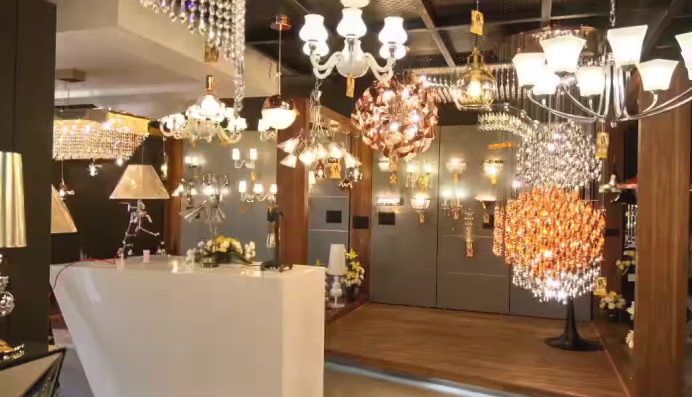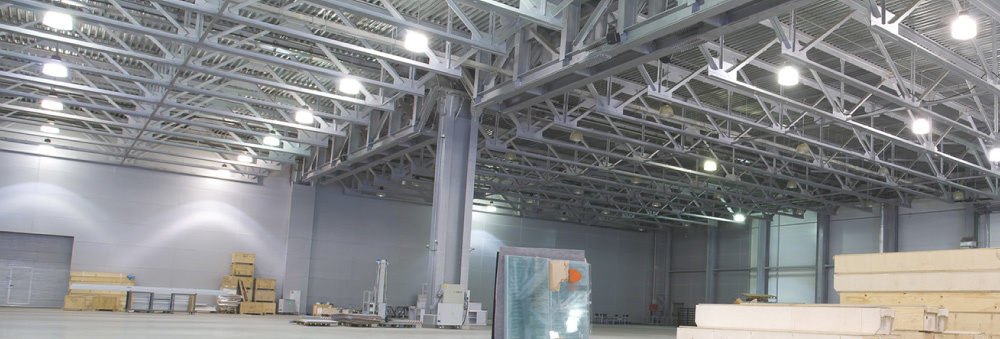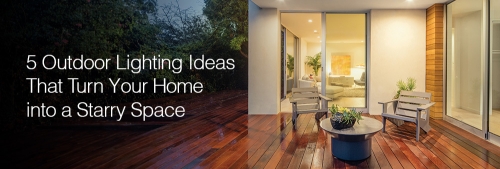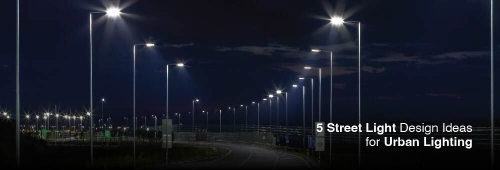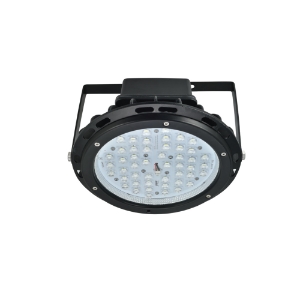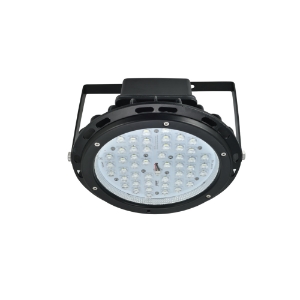When setting up lights for a big space, it's important to pick the right type of light fixtures. The right lighting helps save energy, makes spaces safer, and keeps things bright and easy to see. In large buildings, factories, gyms, or outdoor areas, two common types of strong lights are high bay lights and flood lights. Even though they both give off a lot of light, they work best in different places. This guide explains what makes them different and when to use each.
What Are High Bay Lights?
High bay lights are made for tall indoor spaces—usually ceilings that are 20 feet high or more. These lights shine straight down and light up large areas below. You’ll often see them in places like:
- Warehouses
- Factories
- School gyms
- Big stores
- Convention halls
Modern high bay LED lights are popular because they last a long time, don’t get too hot, and use less power. LEDs turn on instantly and don’t flicker or take time to warm up.
A part of high bay systems is the bay lamp, which helps aim the light exactly where it’s needed. This makes sure the light is not wasted and helps workers see clearly, which is important in places like factories where people need to focus on details.
In any kind of industrial lighting, high bay lights help reduce glare and give clear, steady light that keeps workers comfortable and alert.
What Are Floodlights?
A flood light is made to spread light over a wide area. These are mostly used outside. Instead of shining straight down like high bay lights, floodlights spread out sideways to cover big open spaces. You might see them in:
- Parking lots
- Sports fields
- Building walls
- Public parks
- Outdoor walkways
Floodlights are often placed on poles or walls. Since their beam spreads out, they can light up large areas with fewer lights. They are an important part of most outdoor lights setups.
In rough outdoor conditions, a type of floodlight called a bulkhead light is used. It’s strong and made to handle rain, dust, and bumps. It works well near the sea or in busy places where the light needs to be tough.
Floodlights also help keep places safe at night. With different sizes and brightness levels, they’re used for everything from lighting up a driveway to shining light on a big stadium.
What Makes High Bay Lights and Floodlights Different?
Even though they both shine bright, high bay lights and floodlights are built for different jobs. Here’s how they compare:
1. Where They’re Placed
- High bay lights go high up—20 feet or more—and point down.
- Flood lights are placed lower or on walls and shine out sideways.
2. What They Light Up
- Use high bay LED lights in indoor places with tall ceilings, like factories.
- Use flood lights to light up wide outdoor spaces, like parking areas.
3. Best Places to Use Them
- High bay lights are best for indoor workspaces that need bright, focused light.
- Floodlights are better outside, where they can light up large areas in all kinds of weather.
4. How Tough They Are
- High bay lights are made to stay cool, avoid dust, and aim light clearly.
- Flood lights and bulkhead lights are built to handle rain, wind, and rough use.
5. When to Use Each
- Choose high bay LED lights for tall buildings like storage centers or gyms.
- Pick flood lights for outdoor sports areas, parking spaces, or to light up signs and paths.
Which One Should You Choose?
To decide between high bay lights and floodlights, think about these things:
1. How High the Lights Will Be
- Use high bay lights if your ceiling is really tall.
- Use flood lights if you're lighting up open, outdoor areas.
2. The Size of the Space
- High bay LED lights work well in big indoor spaces that need bright, even light.
- LED Flood lights are best for wide outdoor areas like schoolyards or sidewalks.
3. Indoors or Outdoors?
- For indoor industrial lighting, look for lights that don’t flicker, don’t overheat, and spread light evenly. That’s where bay lamps shine.
- For outdoor lights, choose tough flood lights or bulkhead lights that can handle the weather.
4. Energy and Repairs
- High bay LED lights save power and don’t need to be replaced often—great for buildings that use lights all day and night.
- Floodlights also last long and are energy-saving, but need to be aimed right to avoid lighting up the wrong areas.
Think about what your space needs: How high is the ceiling? Is it inside or outside? How big is the area? Your answers will help you choose the best lighting.
Final Thoughts
Good lighting helps people stay safe, see clearly, and get work done. Whether you’re lighting a warehouse or a sports field, knowing the difference between high bay lights and flood lights can help you choose better.
- Use high bay LED lights for tall indoor spaces that need focused industrial lighting.
- Use floodlights outside where you need to light a big space and the lights need to be tough.
Picking the right light fixtures makes a big difference. It helps save energy, improve safety, and light up spaces the right way. Think about what your space needs, and choose the lighting that fits best.
FAQs:
Q: How long do high bay LED lights last?
A: Typically 50,000 to 100,000 hours, depending on quality.
Q: How long do flood lights last?
A: LED flood lights last around 30,000 to 50,000 hours.
Q: Can high bay lights be used in a garage?
A: Yes, if the ceiling is 10 feet or higher, they work well.
Q: What is the best height for UFO high bay lights?
A: Ideal for ceilings 15 to 30 feet high.
Q: How many lumens for high bay lighting?
A: Depends on height—typically 10,000 to 35,000 lumens per light.
Explore Our Lighting Categories:


